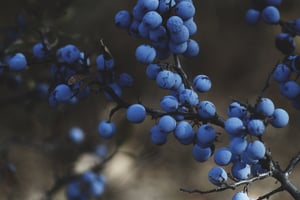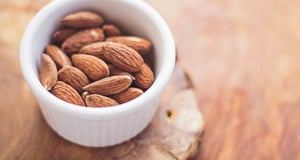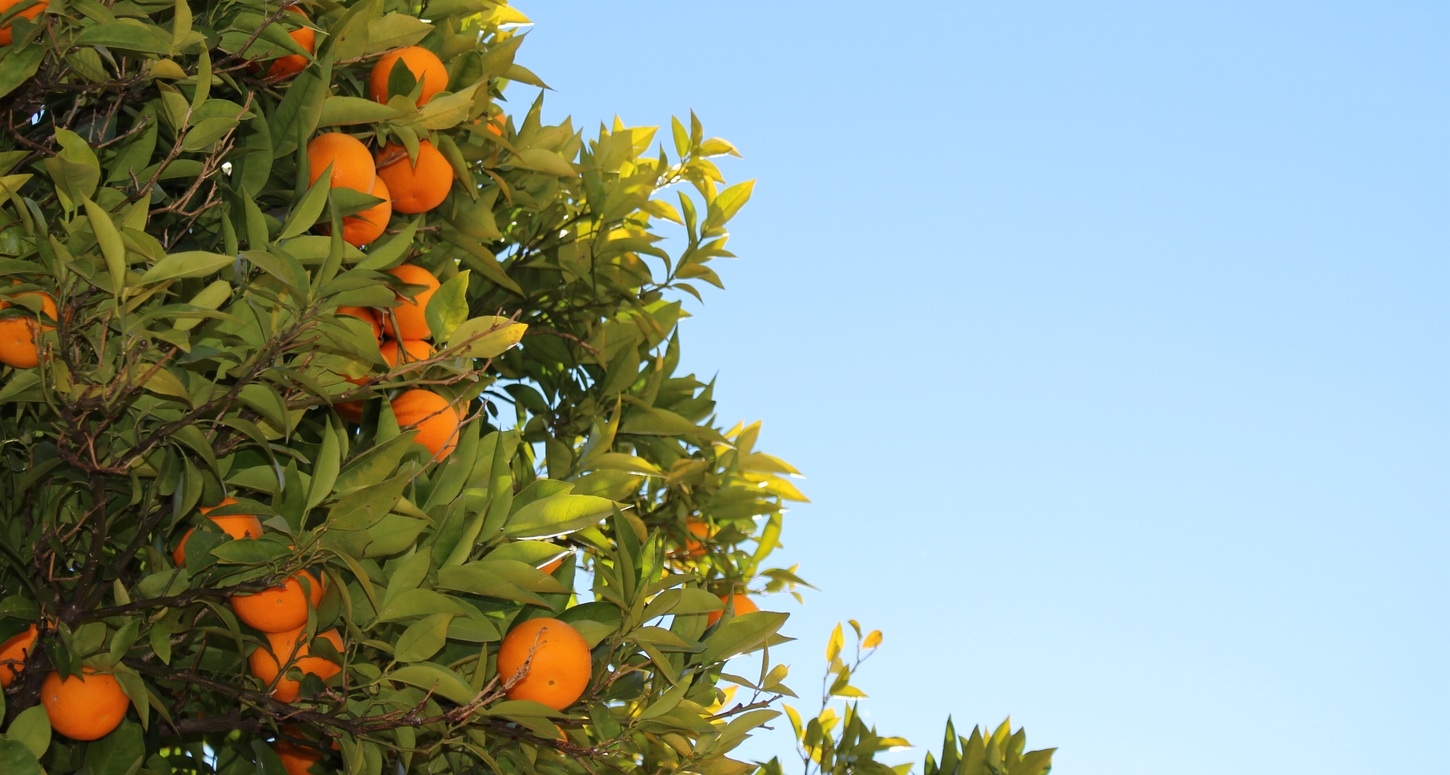First, a brief refresher… Cholesterol is a type of fat. It’s found in all the cells in the body and forms part of their outer layer. Cholesterol is also an essential part of many important hormones including oestrogen, progesterone and testosterone.
There are two main types of cholesterol:
- Low-density lipoprotein (LDL) cholesterol; also known as ‘bad’ cholesterol. High levels of LDL cholesterol can lead to atherosclerosis – a process in which fatty deposits build-up on the walls of the arteries. This can reduce or block the blood flow in the arteries, leading to heart disease and stroke.
- High-density lipoprotein (HDL) cholesterol; also known as ‘good’ cholesterol. It carries excess cholesterol out of the blood to the liver, where it’s processed and removed from the body.

The risk of heart disease and stroke is particularly high if people have high levels of LDL cholesterol and low levels of HDL cholesterol.
According to the US National Institutes of Health (NIH) and the Mayo Clinic, the average persons’ cholesterol level should be less than 200 for optimum heart health. Fortunately, along with regular exercise, a diet rich in functional foods – sometimes referred to as super foods – can typically lower cholesterol levels without medication.
Broadly speaking, functional foods provide health benefits beyond just basic nutrition. Functional foods do more than just provide nutrients – they may play a role in reducing the risk of disease and in improving overall health. These foods include health-promoting ingredients or natural components found in conventional foods, fortified, enriched or enhanced foods.
There is, however, a great deal of debate around functional foods and following an overall healthy diet that's low in saturated fat and abundant in fruits and vegetables is wiser than obsessing over specific ‘super’ foods.
Despite the promotion of the benefits of a healthy diet and lifestyle, millions of people worldwide take a statin to lower their cholesterol – in fact, in 2009 alone total revenues from various statins exceeded US $25 billion. Statins (or HMG-CoA reductase inhibitors) are a class of drugs used to lower cholesterol levels by inhibiting the enzyme HMG-CoA reductase, which plays a central role in the production of cholesterol in the liver.
While these drugs are powerful allies in the fight against cardiovascular disease, diet and exercise play an important part in reducing cholesterol. Furthermore, some foods have been shown to give cholesterol levels an extra nudge in the right direction.
Read on to explore twelve foods that have been found to naturally lower cholesterol.
Flaxseed
Flaxseed contains two substances – soluable fibre and lignon – that block the production of LDL, i.e. ‘bad’ cholesterol. These substances also increase the body's ability to get rid of cholesterol.
Results from a study conducted by Iowa State University's Nutrition and Wellness Research Center (NWRC) ‘showed that consuming at least 150 milligrams of flaxseed lignans per day (about three tablespoons) decreased cholesterol in men, but not women, by just under 10% over the three months that they were given the flaxseed.’
Oranges
Oranges are best known for being a great source of vitamin C, but they also contain other healthly compounds that can help lower cholesterol. The fruit is full of substances called phytosterols (plant sterols), a type of fat found in nuts, seeds, fruits, and vegetables. These sterols block cholesterol from being absorbed by the cells in the intestines.
A joint study by the U.S. Department of Agriculture (USDA) and KGK Synergize, a Canadian nutraceutical company, identified a class of compounds isolated from orange and tangerine peels that ‘shows promise’ in animal studies as a potent, natural alternative for lowering LDL cholesterol, without the possible side effects, such as liver disease and muscle weakness, of conventional cholesterol-lowering drugs.
The findings have been described in the Journal of Agricultural and Food Chemistry, a peer-reviewed publication of the American Chemical Society.
Beans and lentils
Beans contain a type of fibre that is processed in the colon. Bacteria in the colon then consume this fibre and form fatty acids. These fatty acids move through the body to the liver, where they block the production of LDL cholesterol.
In results reported in the Annals of Internal Medicine, LDL-cholesterol levels fell almost twice as far in volunteers on a low-fat diet who added beans and lentils (along with more whole grains and vegetables) to their menu.
Blueberries
Blueberries contain a powerful antioxidant called pterostilbene that may help lower LDL cholesterol, scientists at the Agricultural Research Service reported.

Garlic
Garlic is a food with many healthy benefits. It's been found to help the cardiovascular system and there is some evidence that it can even act as an anti-fungal and an antibiotic.
In terms of cholesterol management, garlic has been proven to interfere with the liver's ability to make cholesterol.
Soy
Researchers at the Unilever Health Institute have found that soy protein boosts the effectiveness and amount of LDL receptors in the liver, therefore improving the liver's ability to rid the blood of cholesterol. It does this due to containing phytoestrogens – a group of naturally occurring nonsteroidal plant compounds.
Apples
Apples are full of compounds called polyphenols, powerful antioxidants that help prevent the buildup of plaque in the arteries. To get the most cholesterol benefits from an apple, don't peel it. The highest concentrations of polyphenols are found in the skin and outer flesh.
Almonds
Almonds are rich in two substances that fight cholesterol – flavonoids and vitamin E. These antioxidants stop bad cholesterol from oxidizing in the body, which also helps reduce the build-up of plaque in the arteries. Stick to raw (not roasted) almonds that are either unsalted or salted with sea salt.
A Tufts University study found that substances in almond skins help prevent LDL cholesterol from being oxidized, a process that can otherwise damage the lining of blood vessels and increase cardiovascular risk.

Cauliflower
Like oranges, cauliflower is one of the many foods that is rich in plant sterols (phytosterols). These will help keep cholesterol numbers down by blocking the absorption of cholesterol in the intestines.
Cauliflower is also rich in the antioxidants manganese and vitamin C and the inflammation-fighting compounds vitamin K and omega-3 fatty acids.
Oats
When women in a University of Toronto study added oat bran to an already heart-healthy diet, HDL-cholesterol levels – the beneficial kind – climbed more than 11%.
Barley
Research conducted by the American Heart Association demonstrated that when barley is added to our diet, LDL cholesterol levels can fall by up to 17%.
Avocados
A study published in Archives of Medical Research by LR Ledesma et al investigated the effects of regular avocado intake on blood lipids of both healthy adults and adults with mild hypersholesterolemia. Blood total cholesterol, LDL cholesterol, HDL cholesterol, and triglyceride levels were measured before and after seven days on the avocado-enriched diet. In the healthy individuals, a decrease in total cholesterol was observed while in the adults with mild hypercholesterolemia, not only was a reduction in total cholesterol, LDL cholesterol and triglyceride observed but a simultaneous increase in HDL cholesterol was measured.
(Image Credits: Brian Jimenez, Roksolana Zasiadko, and Juan José Valencia Antía at www.unsplash.com)


